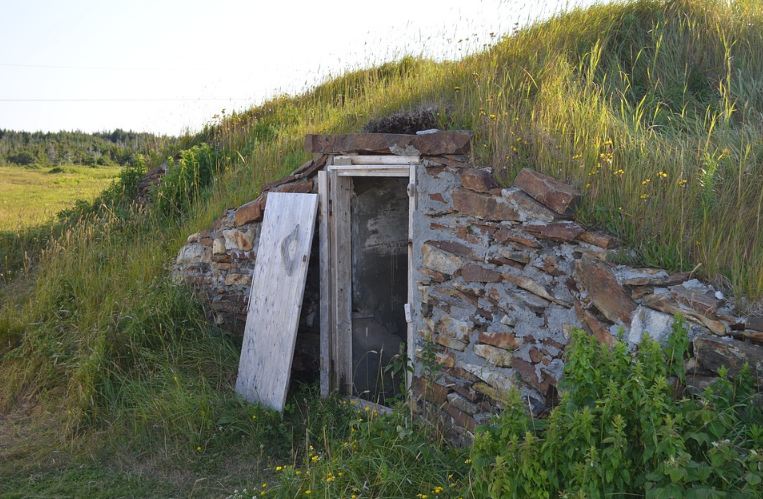Refrigeration is actually a relatively recent invention – the earliest recorded invention of a home refrigerator was in 1913, though Frigidaire did not develop its self-contained appliance until 1923, and the combination refrigerator/freezer was not invented until 1940 – less than a century ago at the time of this article’s writing. Considering how fresh food was kept prior to that can aid us in preserving our food when living off-grid.
Some of the foods we refrigerate do not actually require refrigeration. Sugar, maple syrup, molasses, honey, and corn syrup will stay good for an extended period – some indefinitely. Most condiments will last for a month or longer without refrigeration – even after opening. This includes ketchup and mustard, soy sauce and vinegar.
However, even those that do need to be kept cool do not all require 40-degree temperatures, either. Keeping things cooler than general ambient temperatures can be sufficient for many things, such as fresh fruits and vegetables. This means that anything that maintains a lower temperature – such as a root cellar – is good enough for preservation.
An excellent way to create a natural refrigerator is to have it underground. In a hole 6-10 feet underground, the temperature stays quite stable. There are several ways to achieve this. One is to dig out a root cellar with a backhoe or a shovel (of course the backhoe would be easier and faster!). Making sure this is deep enough is important, as well as ensuring sufficient support of the walls and ceiling and creating a door that seals to keep out water. Even with all the precautions taken, a lack of sealed walls can result in moisture creeping in, potentially encouraging mold, mildew, or rot.
Because of this, a prefabricated option is likely a better – or at least easier – choice. The Welevree Groundfridge is the solution when a prefab underground cool storage is desired. Based on the root cellars of yesteryear but designed to be a sealed location with steadily cool temperatures, the groundfridge comes in a one-piece unit, made of polyester that has been hand laminated. The bottom can be as little as three feet underground, with the displaced soil piled on top of it to provide insulation and aid in cooling.
Because the Groundfridge is a single unit, it is easy to move from place to place and also relatively easy to install. Its size and location also mean that it rarely requires a permit (but do check your local regulations before installing one).
The ground fridge is ventilated using a fan which pulls in cool night air, which is controlled by a rechargeable battery-powered digital timer. This aids in keeping the air cool inside the Groundfridge and maintaining the temperature and humidity required to protect the food stored inside – which can be up to 3000 liters – on the included curved shelves that line the walls. If the temperature outside is higher than usual, an additional chiller can be added to the unit to bring the inside temperature down to 8 degrees Celsius (about 46 Fahrenheit), but under normal use, the temperature stays around 10 Celsius (50 Fahrenheit).
People can enter and exit upright, and two people can be inside at a time, comfortably. The storage section has a standing height of 210 centimeters (just under 7 feet); as the unit’s storage area is essentially a sphere, this means it is also that wide, though the shelves do take up some of that width.
The door can be locked to protect the contents. The whole shell is insulated with foam, which is very durable to protect from damage from impact. It is molded from white material, with a green door to help it blend in to the surrounding foliage.
While digging a root cellar pretty much costs only time, the Groundfridge does come at a price. However, in comparison, it is likely worth the cost to have it usable immediately rather than spending days or weeks digging, shoring up, and preparing. The Groundfridge ranges from $11,700 to $18,320 – all versions include the ventilation and light; the lowest price comes without shelves, the middle and top include shelves, and the top priced one includes the Chiller add-on. The shelves come uninstalled and will need to be added after installation.
Once the ground fridge is installed, and the soil spread 1.5 meters or less over it, it can be walked on; however, it is advised to have two or fewer people walking on it at once, to keep the weight less than 50kg/square meter (or about 11 pounds per square foot).
Plants can be planted around it – especially plants with large leaves – to help keep the sun from affecting the temperature. Trees should be kept away from the location, however, as they could cause problems by excess weight or by roots perforating the unit.
